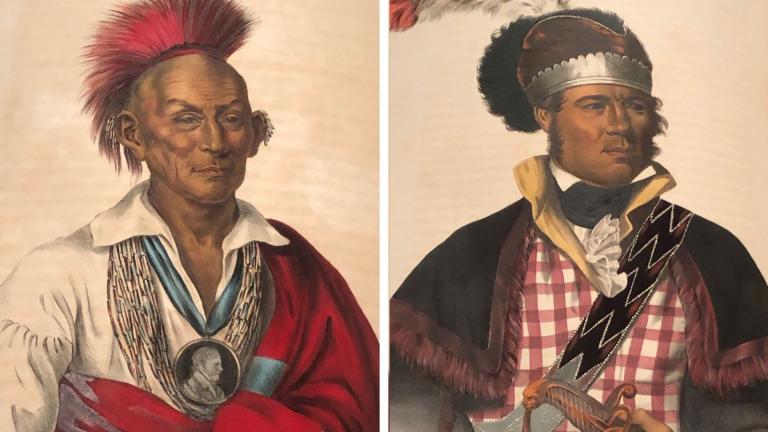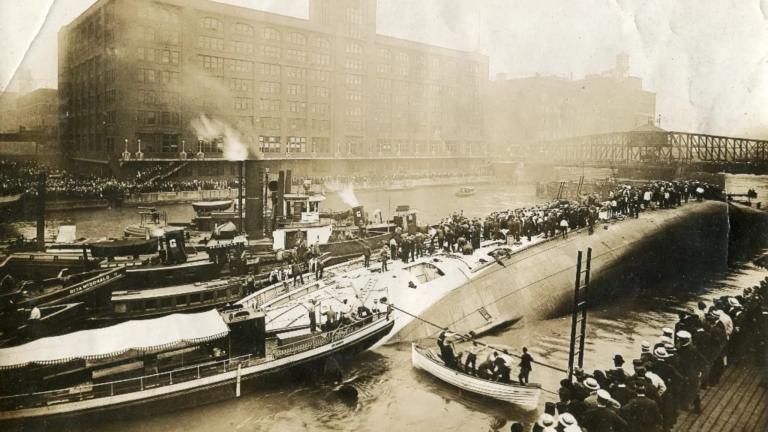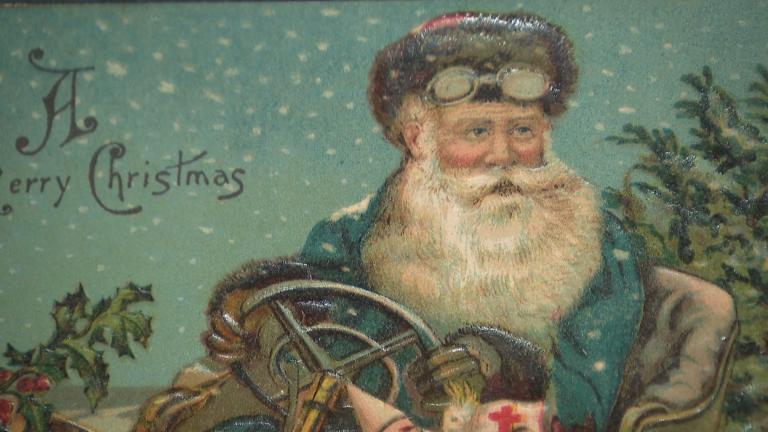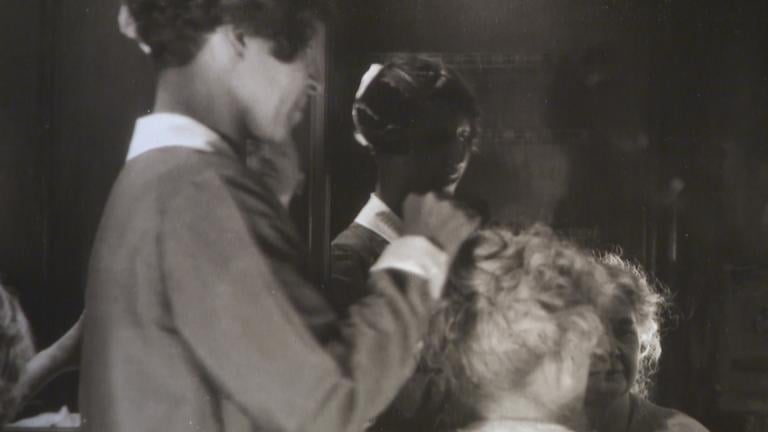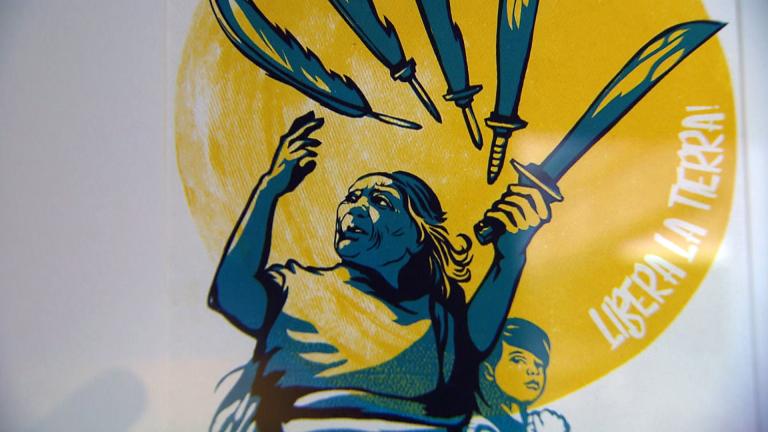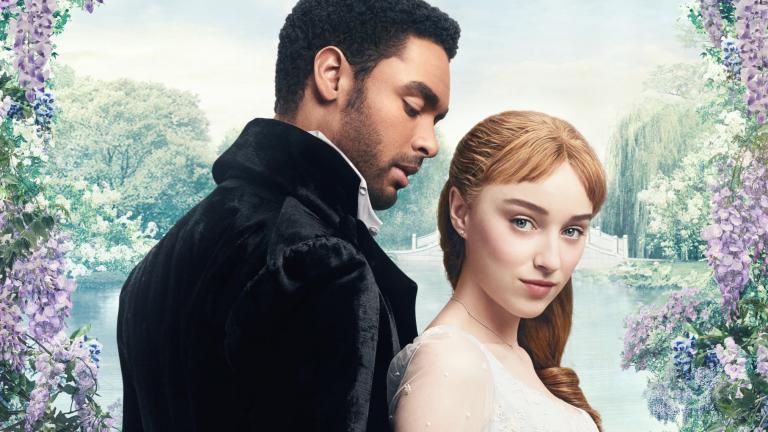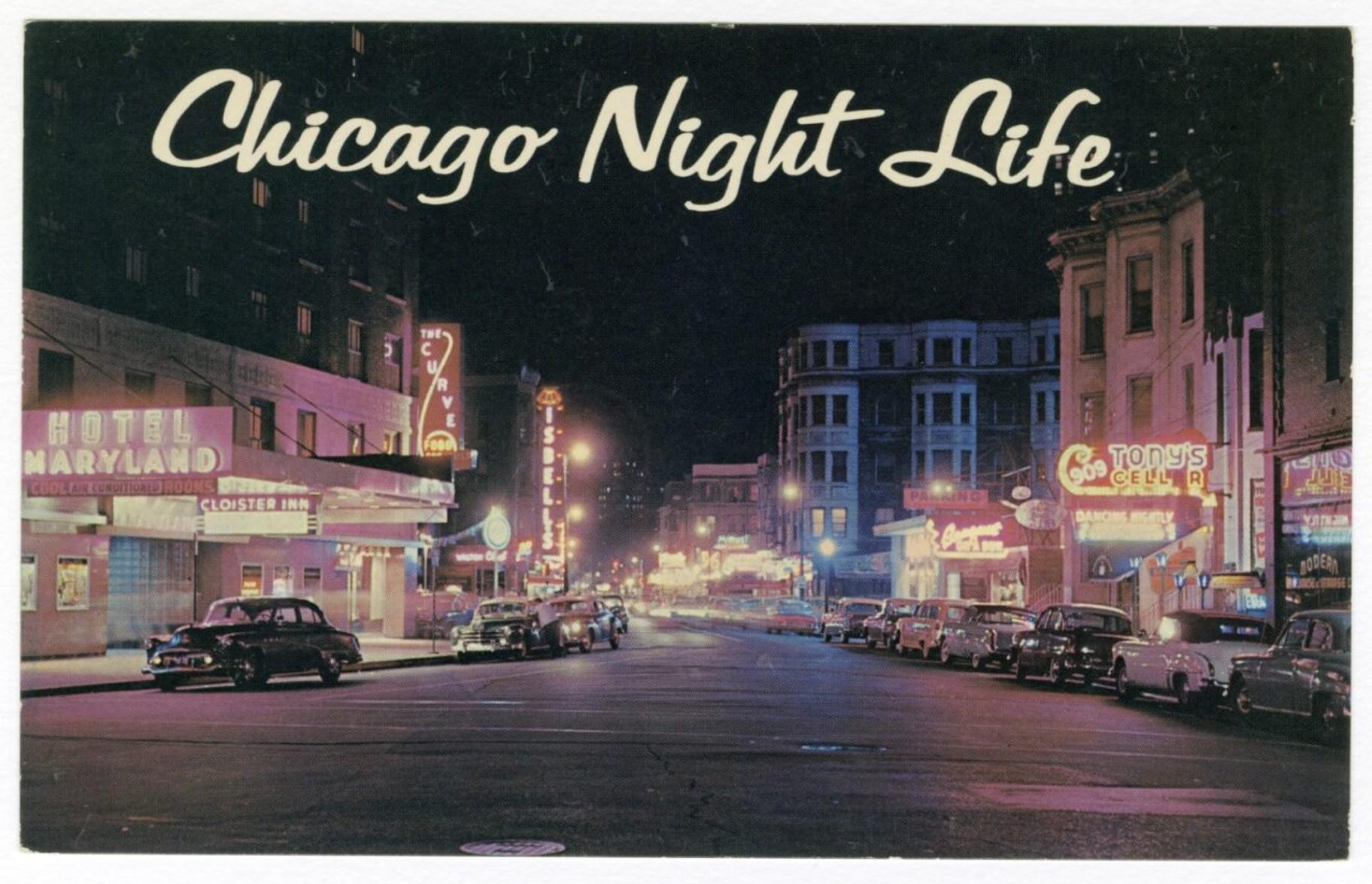 A postcard of Rush Street. Photograph from the “A Night at Mister Kelly’s” exhibit at the Newberry Library. (Courtesy of the Newberry Library)
A postcard of Rush Street. Photograph from the “A Night at Mister Kelly’s” exhibit at the Newberry Library. (Courtesy of the Newberry Library)
Stumbling distance from Rush Street, the Newberry Library is raising a glass to the Chicago nightclub that helped shape American music and comedy. The new exhibition “A Night at Mister Kelly’s” is a swinging selection of artifacts and eye-opening information about the famous hotspot.
From 1953 to 1975, Mister Kelly’s was the place to hang your hat.
Standup comics and musicians took the stage before a capacity crowd of fewer than 200 people. Guests could order a steak and a martini and witness the brilliance of Bob Newhart, Barbra Streisand, Richard Pryor, Joan Rivers, Ramsey Lewis, George Carlin, Eartha Kitt, Bette Midler, Lily Tomlin or Steve Martin.
Many entertainers were on the rise, but Mister Kelly’s also hosted established greats like Count Basie, Ella Fitzgerald and Muddy Waters.
The club was founded by brothers George and Oscar Marienthal, who ran the nearby London House and the Happy Medium.
The brothers ran welcoming establishments.
“It’s a fun collection,” curator Alison Hinderliter told WTTW News. “The Newberry doesn’t usually have 8x10 photos of celebrities and things like that, but the story under it is about the Marienthal brothers being fair and inclusive and going out of their way to book both Black and White acts on the same bill. That’s a remarkable thing.”
 Inside the “A Night at Mister Kelly’s” exhibit at the Newberry Library. (Marc Vitali / WTTW News)
Inside the “A Night at Mister Kelly’s” exhibit at the Newberry Library. (Marc Vitali / WTTW News)
The exhibition gives due to performers Tim and Tom (Tim Reid and Tom Dreesen) — a potent pair of comics who broke ground with their interracial act — and to the audiences who were crossing paths in a segregated city.
There are small delights — menus, albums recorded at the club, cocktail napkins and Lenny Bruce’s bar tab from 1959. (For a party of two, he bought six cordials at a cost of $7.80 and tipped $2.) There are photos — including one by Art Shay and one by Vivian Maier — and a large, lovely painting by Chicago artist Ellen Lanyon that hung in the club.
Most items are from the Mister Kelly’s Collection at the library, 15 boxes of material donated by David Marienthal, the son of co-founder George Marienthal.
The Newberry Library is making an effort to crowdsource more information to add to the history of Mister Kelly’s. Visitors can share memories via the web by accessing a QR code on their phones.
“There are so many people who still remember going to Mister Kelly’s and hanging out on Rush Street,” Hinderliter said. “And we want to capture their stories. This is a rare opportunity for us to build a collection as we’re showing it off.”
For a deep dive into the lore of Mister Kelly’s, the Hideout nightclub has a screening of the documentary “Live at Mister Kelly’s” on Monday. The film will be preceded by a live performance by “Chicago Tonight” co-anchor Paris Schutz on piano. It will be followed by a Q&A with Tim Samuelson — Chicago’s cultural historian emeritus — and the film’s producer, David Marienthal.
The exhibition “A Night at Mister Kelly’s” runs through July 20.
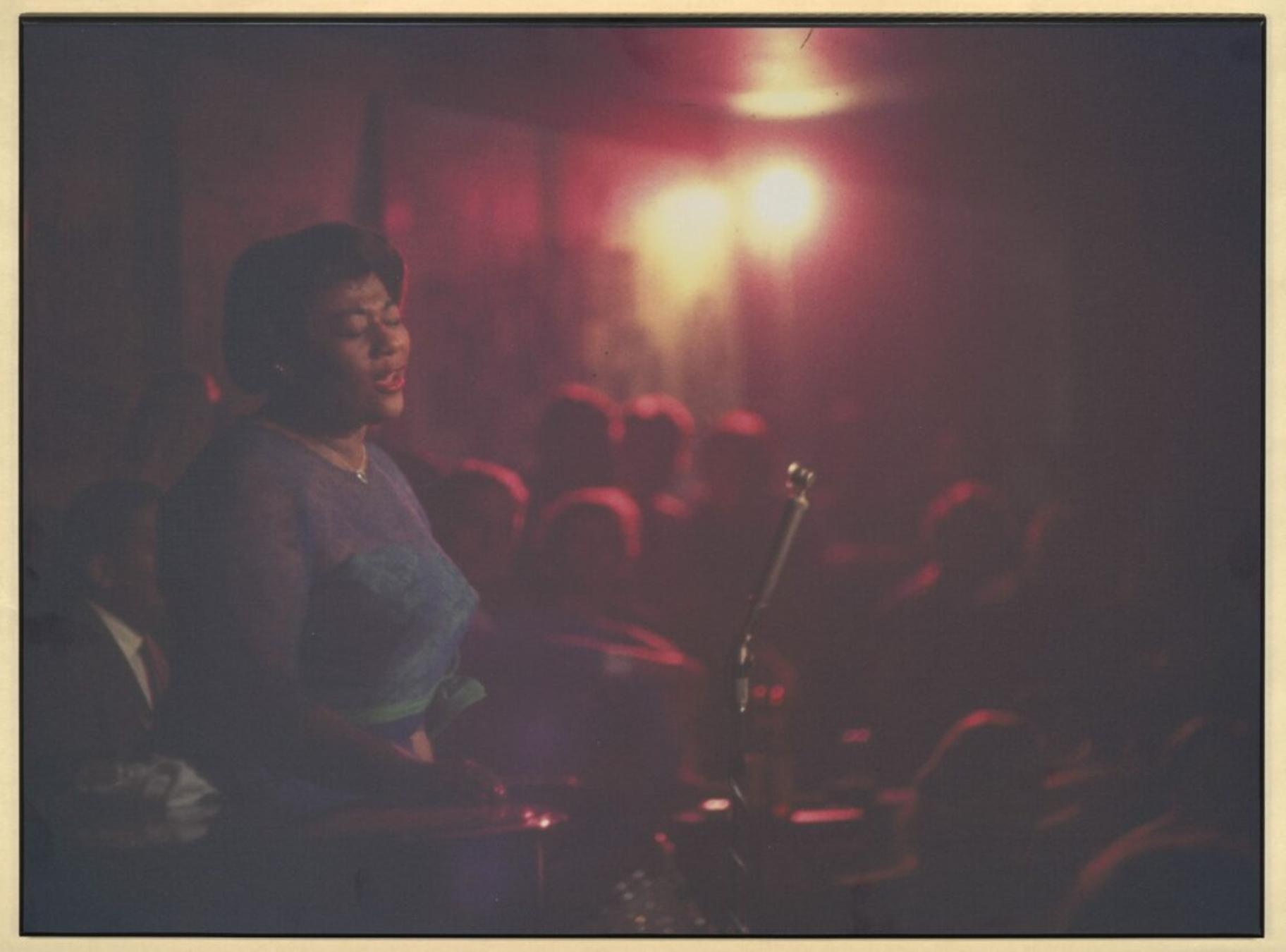 Ella Fitzgerald performs at Mister Kelly’s. Photograph from the “A Night at Mister Kelly’s” exhibit at the Newberry Library. (Courtesy of the Newberry Library)
Ella Fitzgerald performs at Mister Kelly’s. Photograph from the “A Night at Mister Kelly’s” exhibit at the Newberry Library. (Courtesy of the Newberry Library)

